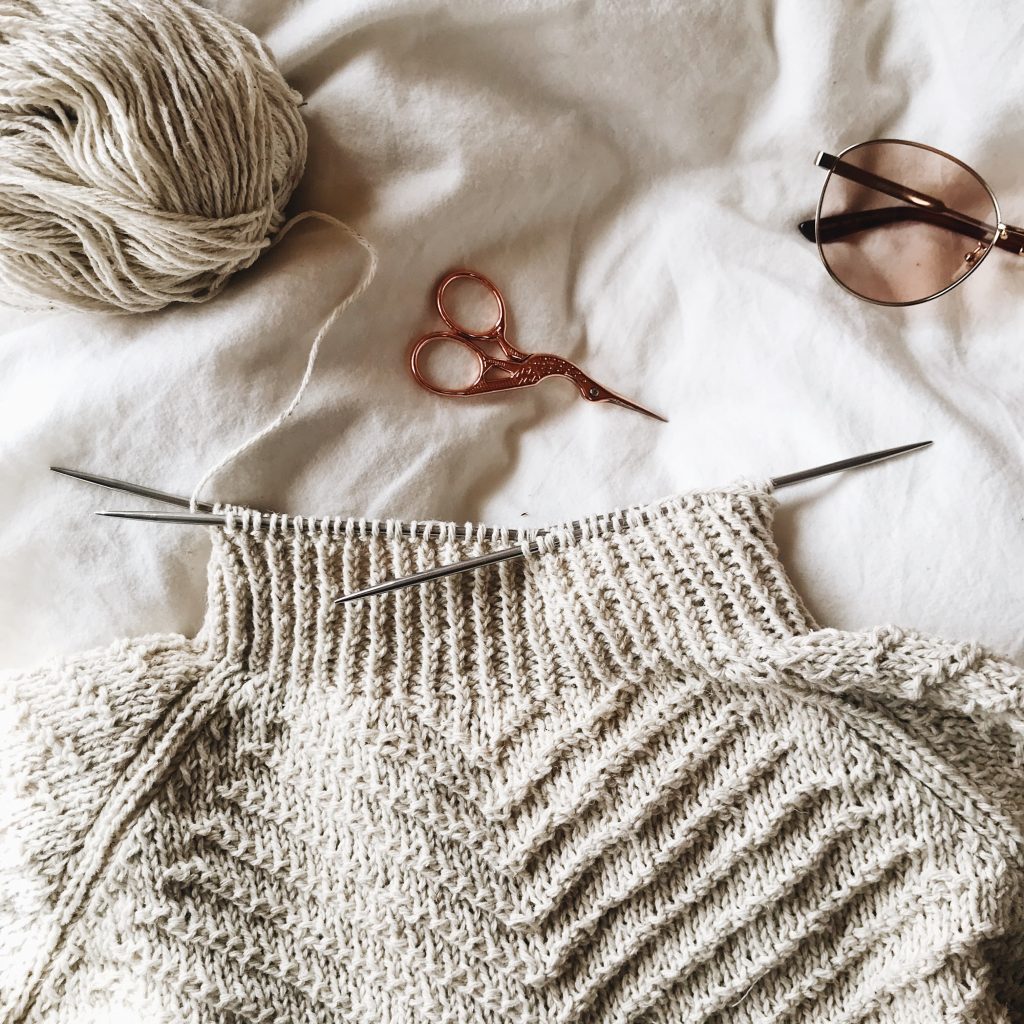We have all looked at a clothing item we liked and thought ‘is it worth it?’ With the rise of fast fashion, it has become difficult to distinguish a throwaway shirt from something that should last you a lifetime — or at least a long time.
So how can you tell if something is worth buying? What are the tricks and tips for hunting for reliable clothes? Look no further, DDW has got you covered on distinguishing the throwaways from the real deals.
Look on the Inside
First, you need to check out the inside of whatever you’re buying. Are the hem and the seams sewn tightly? A loose hem is easy to snag and will wear down clothing. If the seams are tight, it’s a good start to knowing your clothing is solid.
The stitching plays an important role in keeping your clothes together as well, if the stitching is short and tight your garments will last longer than those with longer stitches.

What Material is it?
Material plays an important role in determining the comfort and quality of our clothes. For example, a protein fibre like wool will keep you warm when it’s cold and let you breathe when it’s hot outside. It has waxes in the fibre that are naturally waterproof.
Natural plant fibres, think cotton or linen, won’t keep you as warm but are breathable. Synthetic fibres like nylon and polyester are problematic. They tend to trap body odour and aren’t very breathable. They work best for things like waterproofing.

Where was it made?
Keeping up with the latest garment industry trends might seem tedious, but it is necessary when shopping for the right fit. Looking at a country’s wage and labour protection laws can give you insight into how your clothes were made. Mass-produced, cheaply made clothes don’t tend to last as long as handmade or tailored clothes.

There are also ethical concerns about where your clothes are coming from — clothing companies in countries with lax labour laws may employ people for next to nothing or even employ children.
How does it feel?
Grab the fabric and stretch it, just a bit. Does it give or hold firm? Is it comfortable on your skin? Rub the garment on your neck or face, it may seem strange but your face is much more sensitive to touch than the palms of your hand.
Is it see-through?
This one may seem obvious but even lightweight-summery garments should not be see-through. See-through clothing is likely to tear and wear down more quickly — even if the fabric is supposed to be lightweight. This is true from cotton to silks — solid fabrics shouldn’t be see-through.

These are a few tips that will help you determine if your clothes are built to last. In this era of throwaway clothes and fast fashion — it helps to keep an eye out for the real deal. Part of this has to do with where you shop and consumers will make the ultimate choice on whether our fashion is fast or quality.
That being said, it never hurts to be able to check out the quality of your clothing before you decide to buy.


